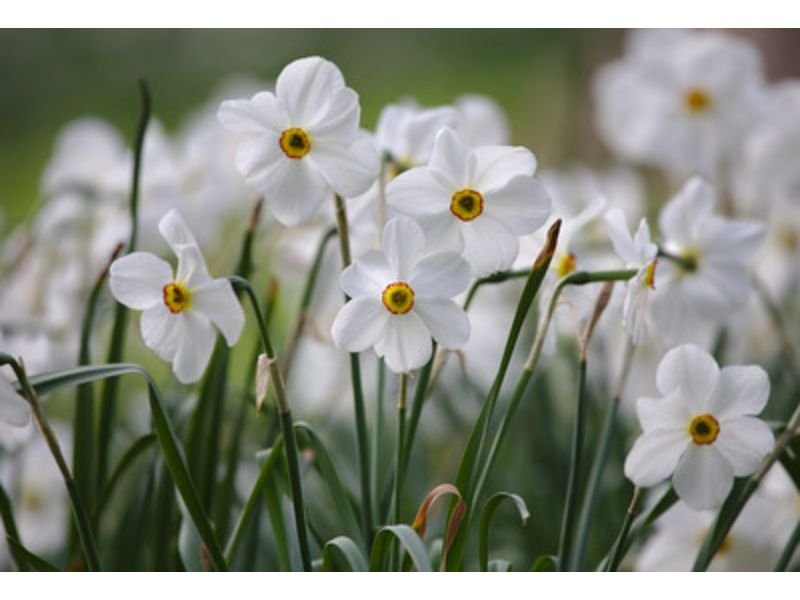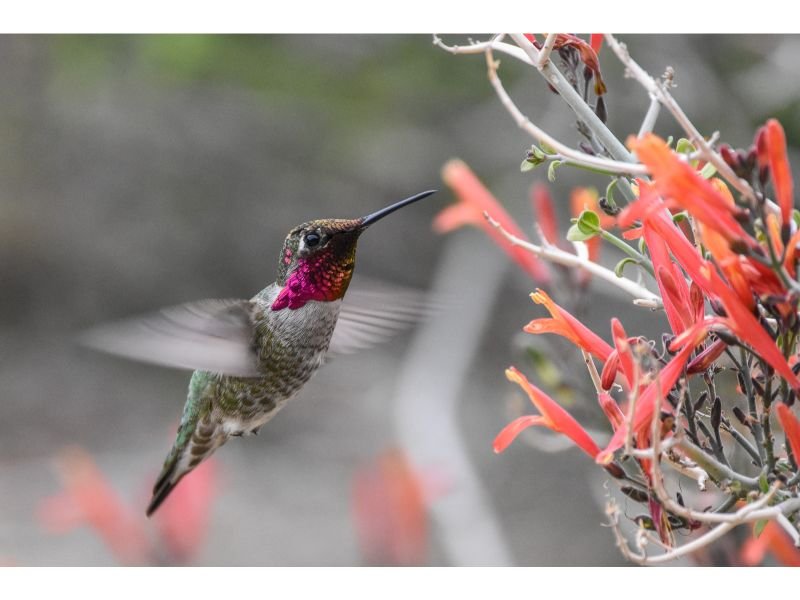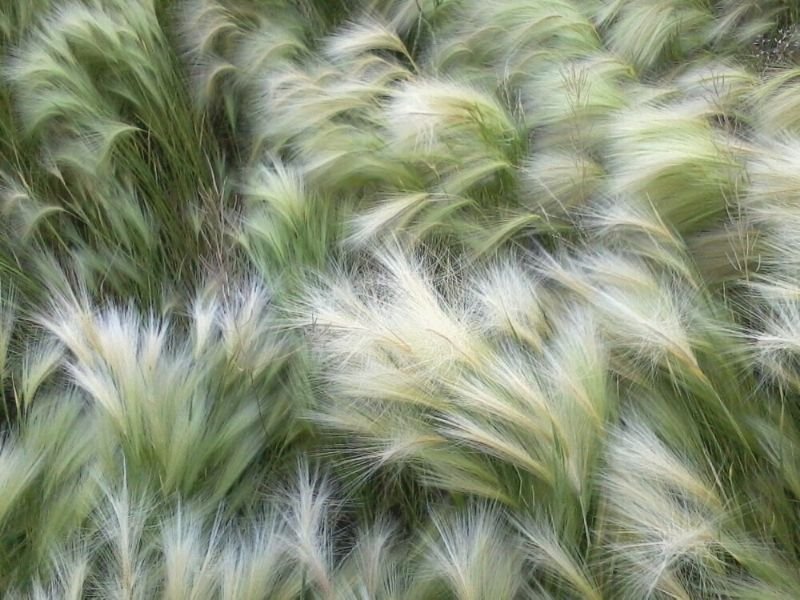When it comes to adding a touch of vibrancy and elegance to your garden, few colors can match the allure of red. Red flowers perennials, with their rich and bold hues, have the power to transform any outdoor space into a captivating oasis.

Whether you’re a seasoned gardener or just starting your gardening journey, this comprehensive guide presents the crème de la crème of red perennial flowers, along with valuable insights and tips for cultivating them.
Table of Contents
List of Best Red Flowers Perennials
Red Roses (Rosa spp.)
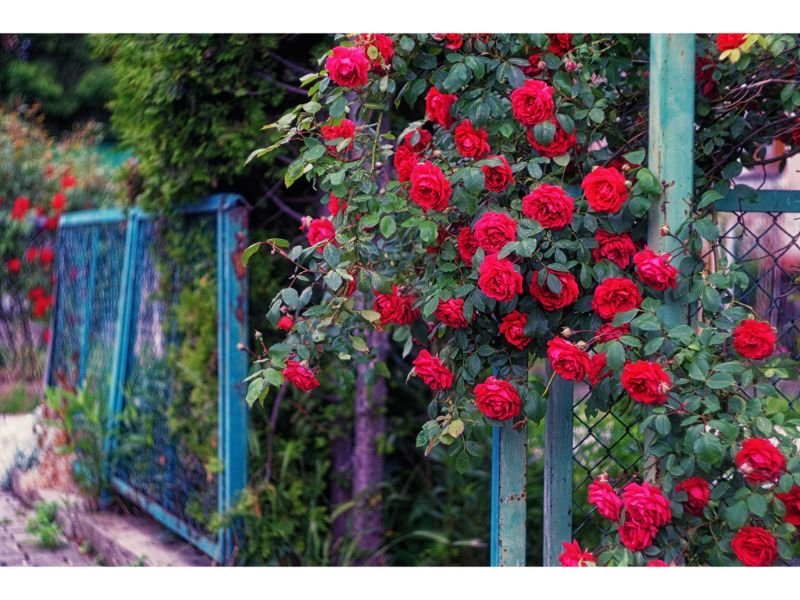
Red roses are the epitome of love and passion. Their velvety petals and enchanting fragrance make them a timeless favorite. Varieties like “Red Velvet” and “Mister Lincoln” offer deep red hues and classic elegance. These perennials require full sun, well-drained soil, and regular pruning to flourish.
Red Tulips (Tulipa spp.)
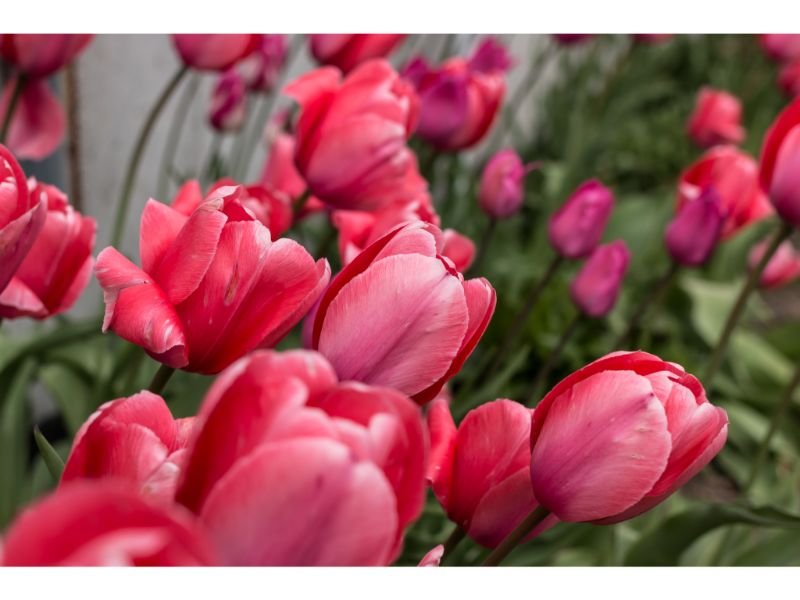
Red tulips herald the arrival of spring with their striking beauty. Varieties like “Red Impression” and “Apeldoorn’s Elite” create a sea of red when planted en masse. Plant the bulbs in the fall for a burst of color in early spring. Ensure they receive ample sunlight and proper drainage.
Red Poppies (Papaver spp.)
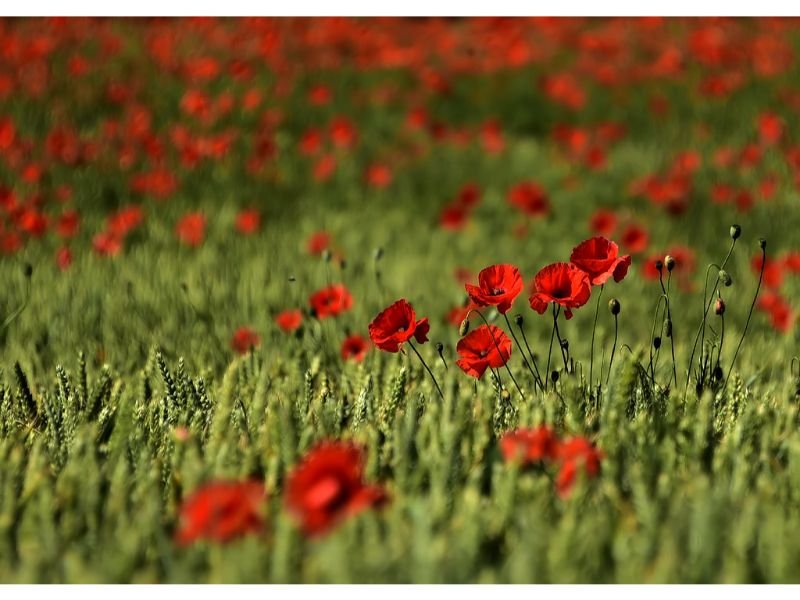
Red poppies are a sight to behold with their delicate, papery petals. Varieties like “American Legion” showcase vibrant red hues and thrive in sunny locations. These perennials self-seed readily, adding a touch of wild beauty to your garden.
Red Bee Balm (Monarda didyma)

Red bee balm, also known as scarlet monarda, is a favorite among pollinators. Its tubular red blooms attract hummingbirds and butterflies. This perennial thrives in moist soil and partial shade, making it an excellent choice for woodland gardens.
Red Daylilies (Hemerocallis spp.)

Red daylilies offer a profusion of blooms throughout the summer. Varieties like “Chicago Apache” and “Crimson Pirate” showcase shades ranging from fiery red to deep burgundy. These perennials are low-maintenance and adaptable, making them perfect for beginners.
Red Coneflowers (Echinacea spp.)
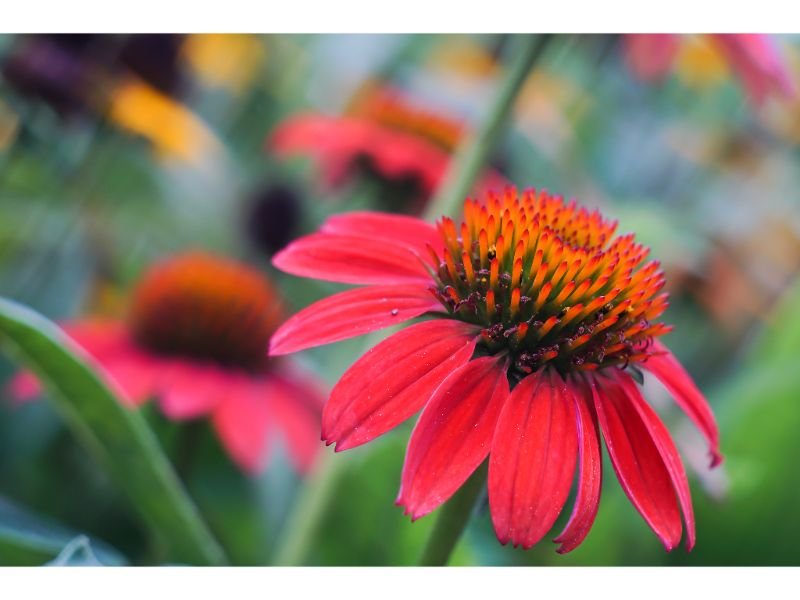
Red coneflowers add a splash of color and texture to your garden. Varieties like “Ruby Star” feature vibrant red petals surrounding a distinctive cone-shaped center. These perennials thrive in full sun and well-drained soil, attracting pollinators and songbirds.
Red Penstemon (Penstemon spp.)

Red penstemon, also known as beardtongue, boasts tubular red flowers that hummingbirds adore. Varieties like “Husker Red” feature deep red foliage, adding visual interest even when not in bloom. These perennials prefer sunny locations with good air circulation.
Red Cardinal Flower (Lobelia cardinalis)
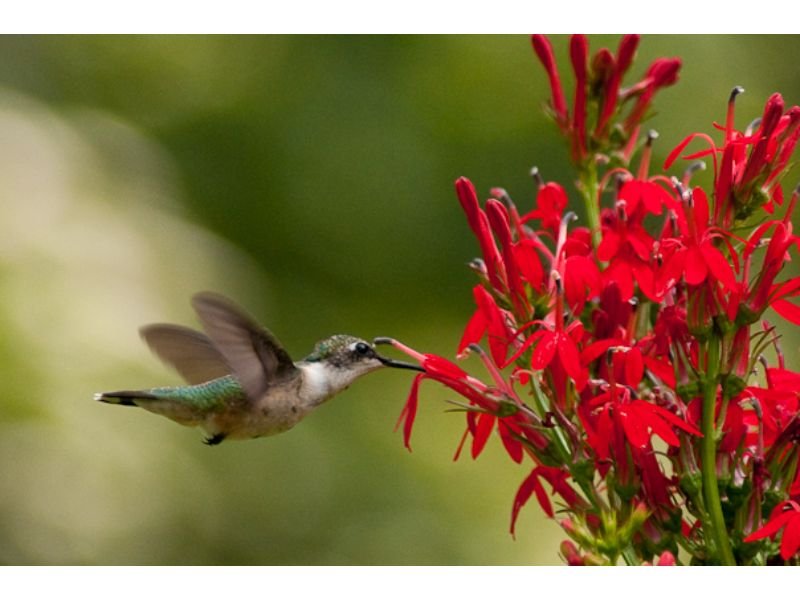
The red cardinal flower is a showstopper with its tall spikes of vibrant red blooms. It thrives in moist, boggy soil and is an excellent choice for water features or rain gardens. This perennial attracts hummingbirds and adds a vertical element to your landscape.
Red Blanket Flower (Gaillardia spp.)
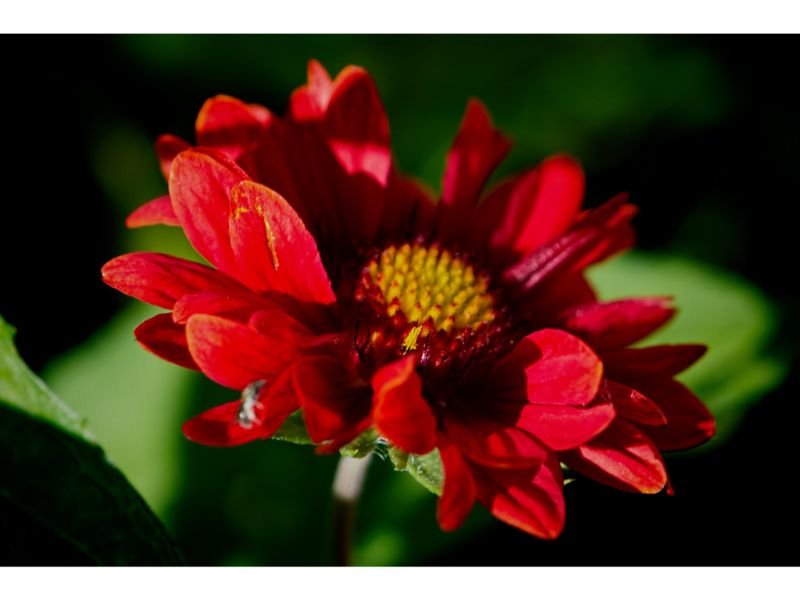
Red blanket flowers and daisy-like blooms with red and yellow hues bring a cheerful vibe to your garden. Varieties like “Arizona Red Shades” are drought-tolerant and thrive in sunny, hot conditions. These perennials are a beacon for pollinators and require minimal care.
Red Oriental Poppies (Papaver orientale)

Red oriental poppies are known for their dramatic, large blooms and dark centers. Varieties like “Beauty of Livermere” showcase brilliant red petals. These perennials prefer well-drained soil and will reward you with a stunning early summer display.
FAQs
Q: Do red perennial flowers require special care?
A: While red perennials are generally easy to care for, it’s important to provide them with the right amount of sunlight, well-drained soil, and occasional pruning to ensure optimal growth and bloom.
Q: Can I plant red tulip bulbs in the spring?
A: Red tulip bulbs should ideally be planted in the fall, before the first frost. This allows them to establish roots before winter and bloom beautifully in the spring.
Q: How do I attract pollinators to my garden with red flowers?
A: Planting red bee balm, coneflowers, and cardinal flowers can attract pollinators like hummingbirds and butterflies due to their vibrant red hues and nectar-rich blooms.
Q: Are red daylilies invasive?
A: Red daylilies are not considered invasive. They are clump-forming perennials that can be easily managed and divided to prevent overcrowding.
Q: What’s the best way to propagate red poppies?
A: Red poppies often self-seed, but you can also collect seeds after flowering and sow them in the fall for new plants the following year.
Q: Can I grow red roses in containers?
A: Yes, you can grow certain varieties of red roses in containers. Choose compact or patio rose varieties and provide adequate sunlight, water, and soil for successful container gardening.
Conclusion:
Incorporating the best red flower perennials into your garden design is a surefire way to infuse it with energy, warmth, and passion. From the timeless allure of red roses to the striking elegance of red tulips, these perennial blooms offer a spectrum of shades and shapes to suit every gardener’s preference. With proper care and attention, your garden can become a canvas of red hues that captivate the senses and delight both you and your visitors.

Gardening is my passion and growing plants indoors has always been a stress relief for me. Grow a banana tree in my apartment once (although failed to produce bananas).

